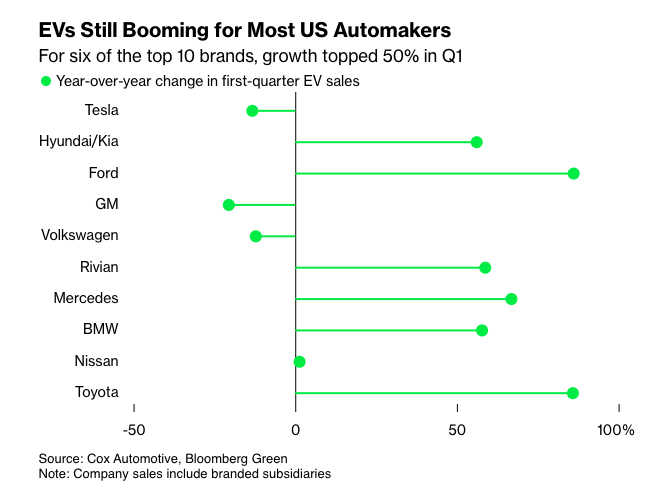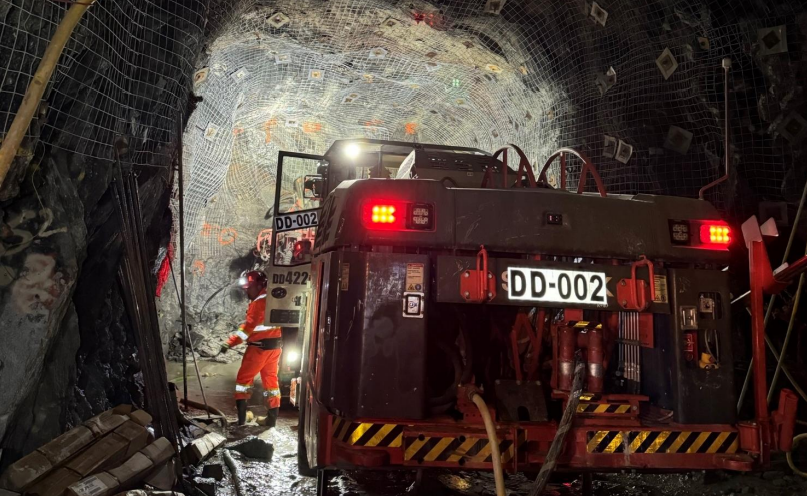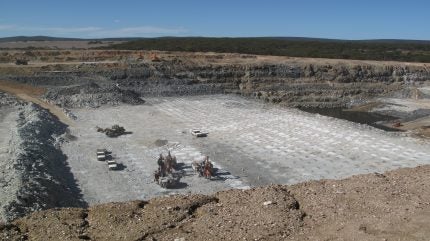Sign up for daily news updates from CleanTechnica on email. Or follow us on Google News!
Owning an electric vehicle (EV) is fabulous: it’s clean, efficient, quiet, and speedy. Charging an EV has a couple of similarities with a gas-powered car, such as the look of the charging cable and the way it fits into the port. But fueling an EV can cause some expected effects, based on where you’ll charge. For drivers who are looking for EV chargers in public places, the situation is still less than satisfactory.
In fact, EV sales are outpacing the growth of chargers, which is causing problems for everyday EV drivers.
The US needs to build out its EV charging capacity in order to reach the point where everyone who wants to drive an EV has the electrification to do so — on urban and rural roads, in busy communities and suburbs, in nearly any major intersection where you’d expect to find a gas station.
The transport sector is one of the leading contributors to climate pollution. An urgent need exists for cities to prioritize sustainable transport strategies for dealing with the effects of the climate crisis. Transforming a century-long pattern of driving internal combustion engine (ICE) vehicles into a love of electric vehicles (EVs) is an important element of domestic plans to decarbonize.
Several cities in North America are already in the changeover period to rapidly replace conventional vehicles with EVs. Indeed, EVs are generally becoming attractive to consumers as prices are becoming comparable to conventional cars relative to previous years.
So You Thought EVs Were on the Decline?
You probably have read the prominent headlines that EV sales are mediocre at best or even collapsing. Not true. For most automakers, even the first quarter was a blockbuster, according to Bloomberg and Cox Automotive. Six of the 10 biggest EV makers in the US saw sales grow at a scorching pace compared to a year ago — up anywhere from 56% at Hyundai–Kia to 86% at Ford.
In fact, in 2023, automakers sold almost 1.2 million all-electric cars to US consumers, accounting for over 7% of total new car sales and a new national record. It seems that some consumers are attracted to brands with excellent battery range, fast charging, and acceptable prices. Other brands are being ignored, hence the negative headlines.
Success in road transportation electrification is measured in 2 primary areas: in EV ownership/uptake and in the provision of EV charging infrastructure. Definitely: the relationship between charging infrastructure and EV take-up is dynamic, reciprocal, and important.
Today there are more than 20 electric cars per charger, though.
Two and a half years after the Bipartisan Infrastructure Law set aside $7.5 billion to build a network of new charging stations for EVs, only a handful have been built. As of February 2024, there were more than 61,000 publicly accessible EV charging stations with Level 2 or DC fast chargers in the US.
While that number is more than twice the number of chargers in 2020 — which is about 29,000 stations — we’re still not even close to meeting the needs of EV drivers. Moreover, proper management of charging power would benefit all the participants involved in EV charging.
The National Renewable Energy Laboratory estimates that by 2030 there will be 33 million EVs on the road, and 28 million EV charging ports will be needed to support them. Of the 28 million charging ports, 25.7 million (92%) are expected to be private Level 1 (L1) and Level 2 (L2) chargers at single-family homes. Additionally, there will be an estimated 2.1 million (7.6%) public and private L2 chargers at multifamily homes, workplaces, stores, restaurants, and hotels. Estimates show 182,000 (~1%) DC fast charging ports would be needed at public charging stations, primarily to support those with no access to consistent off-street parking, as well as for long-distance travel.
The Joint Office of Energy and Transportation says it is setting the vision for a national charging network that is convenient, affordable, reliable, and equitable to enable a future where everyone can ride and drive electric. That means that a national charging network must be in place that is capable of supporting nearly half a million battery EVs on the road by 2030.
Who Charges Where?
The majority of US EV owners charge at home. The current EV charging landscape is such that, if you have a place to charge at home, at work, or at a common destination you visit once or twice a week, that should cover almost all of your charging needs.
Indeed, experts don’t believe that most drivers will neatly replace their gas station habit with a public charging one. According to the Pew Research Center, even when accounting for factors like partisan identification and community type, people in the US who live close to EV chargers are more likely to say they:
- already own an electric or hybrid vehicle;
- would consider buying an EV for their next vehicle;
- favor phasing out production of new gasoline cars and trucks by 2035; and,
- are confident that the US will build the necessary infrastructure to support large numbers of EVs on the roads.
Then again, more than 20% of US households don’t have access to consistent off-street parking where they can plug in overnight. They are not as easily persuaded about the value of EVs.
That means the more scalable, long-term solution for garage orphans might come from cities and utilities partnering to provide on-street charging infrastructure that’s accessible for every apartment and home. Many customers have a concern about the charging power and wait time, so a public charging station is more suitable for potential customers. Public charging mostly consists of fast and L2 chargers.
Since the IRA’s tax credits became active, the number of EV charging stations nationwide has increased 29%. But rural parts of the US have a slightly faster growth rate in their total number of charging stations when compared with urban areas (34% vs. 29%). Even so, access to public EV charging remains heavily concentrated in urban areas, which account for nearly 90% of all stations in the US.
According to the International Council on Clean Transportation (ICCT), announcements by charging providers, automakers, and retailers indicate that 164,000 new DC fast chargers and 1.5 million new L2 chargers could be deployed at public locations and workplaces by 2030. Additional announcements by the federal government, states, and utilities could lead to potential additional deployments of 47,000 DC fast and 579,000 L2 chargers.
Such charging plans cover a substantial share of the chargers needed by 2030. The combined number of existing and announced charging deployments from private stakeholders cover about 182% of the needed public DC fast chargers and about 62% of the needed public and workplace L2 chargers in 2030. With the inclusion of potential additional charging deployments from government and utility stakeholders, deployments could provide about 225% of the needed public DC fast chargers and about 84% of the needed public and workplace L2 chargers.
Have a tip for CleanTechnica? Want to advertise? Want to suggest a guest for our CleanTech Talk podcast? Contact us here.
Latest CleanTechnica.TV Videos
CleanTechnica uses affiliate links. See our policy here.





